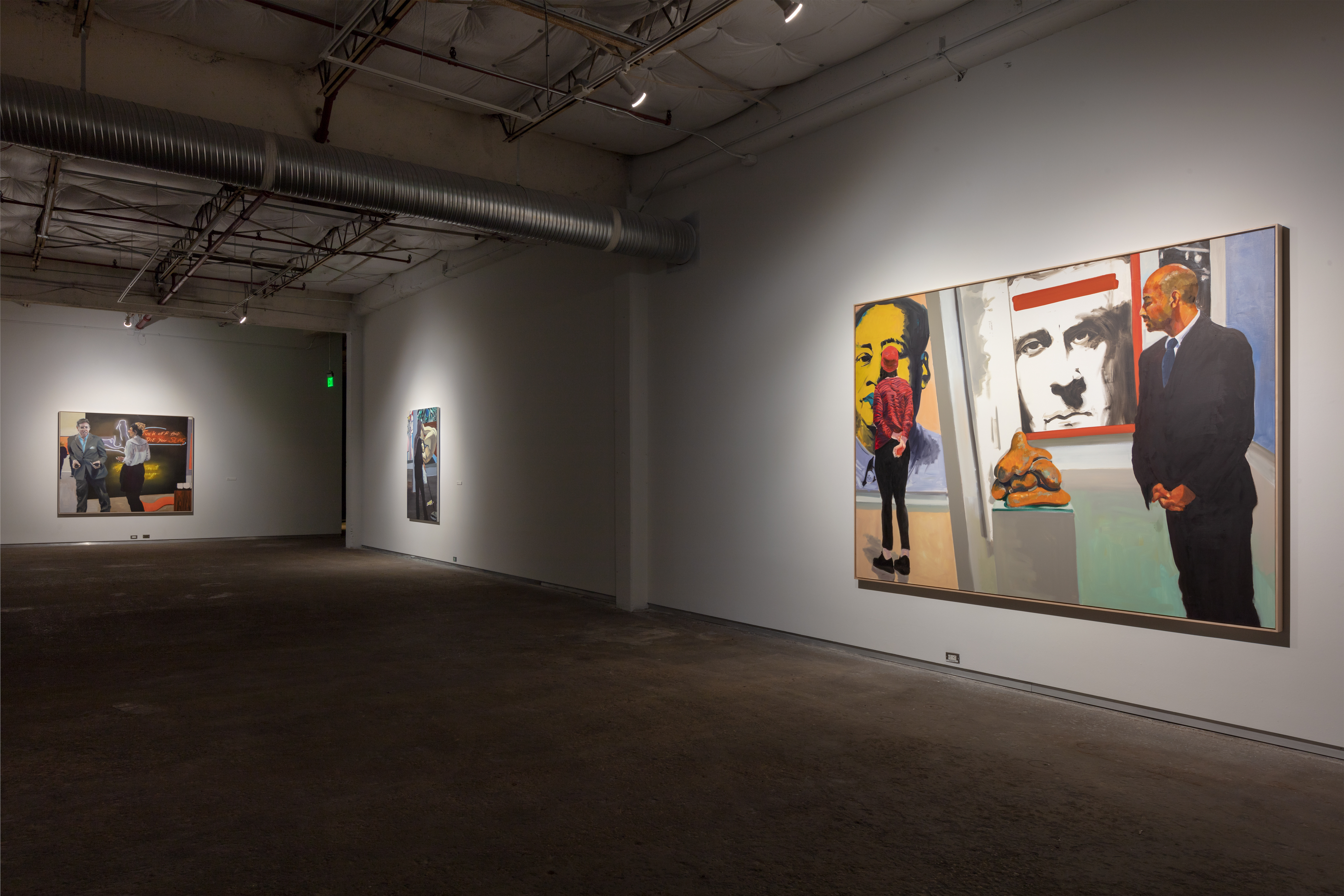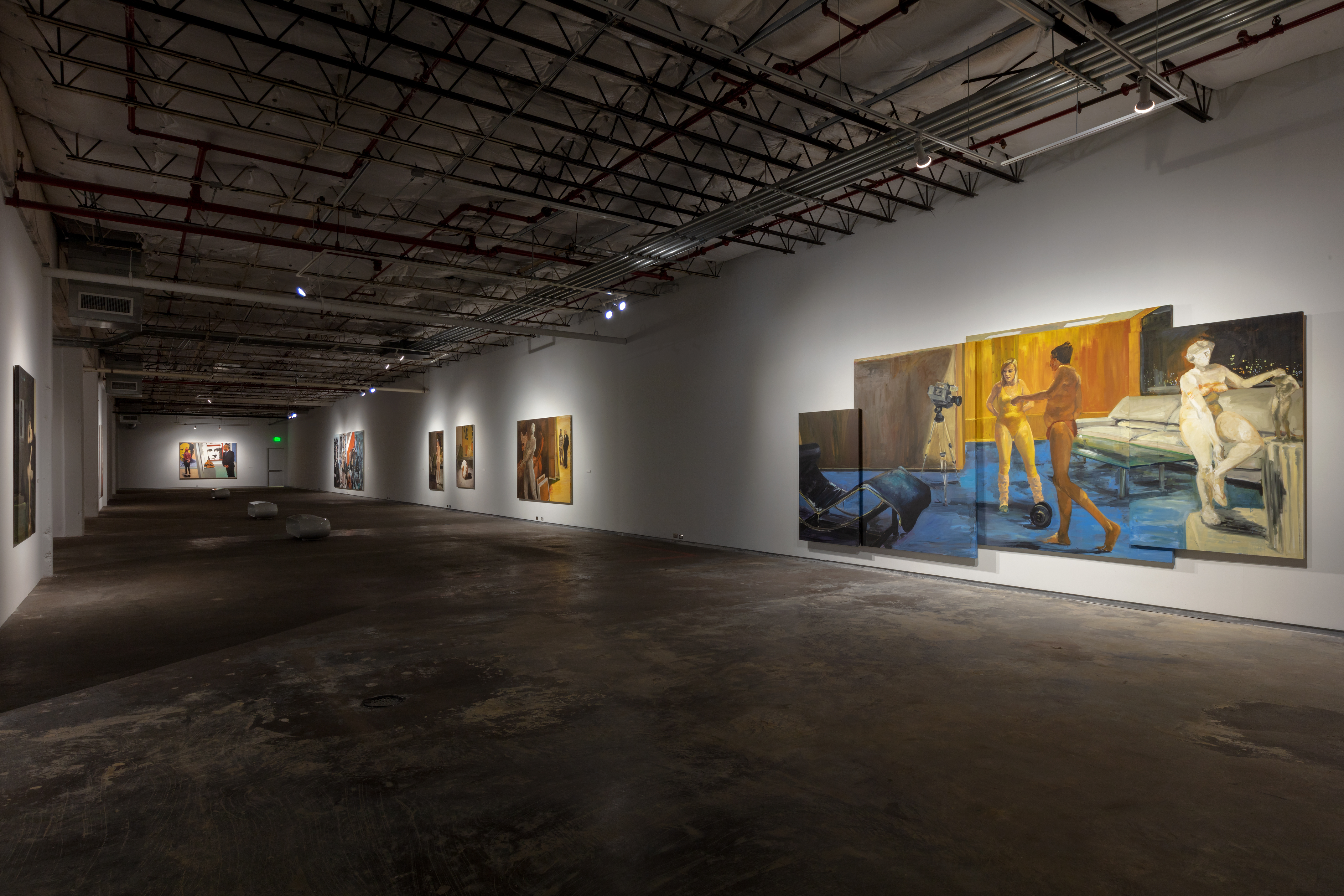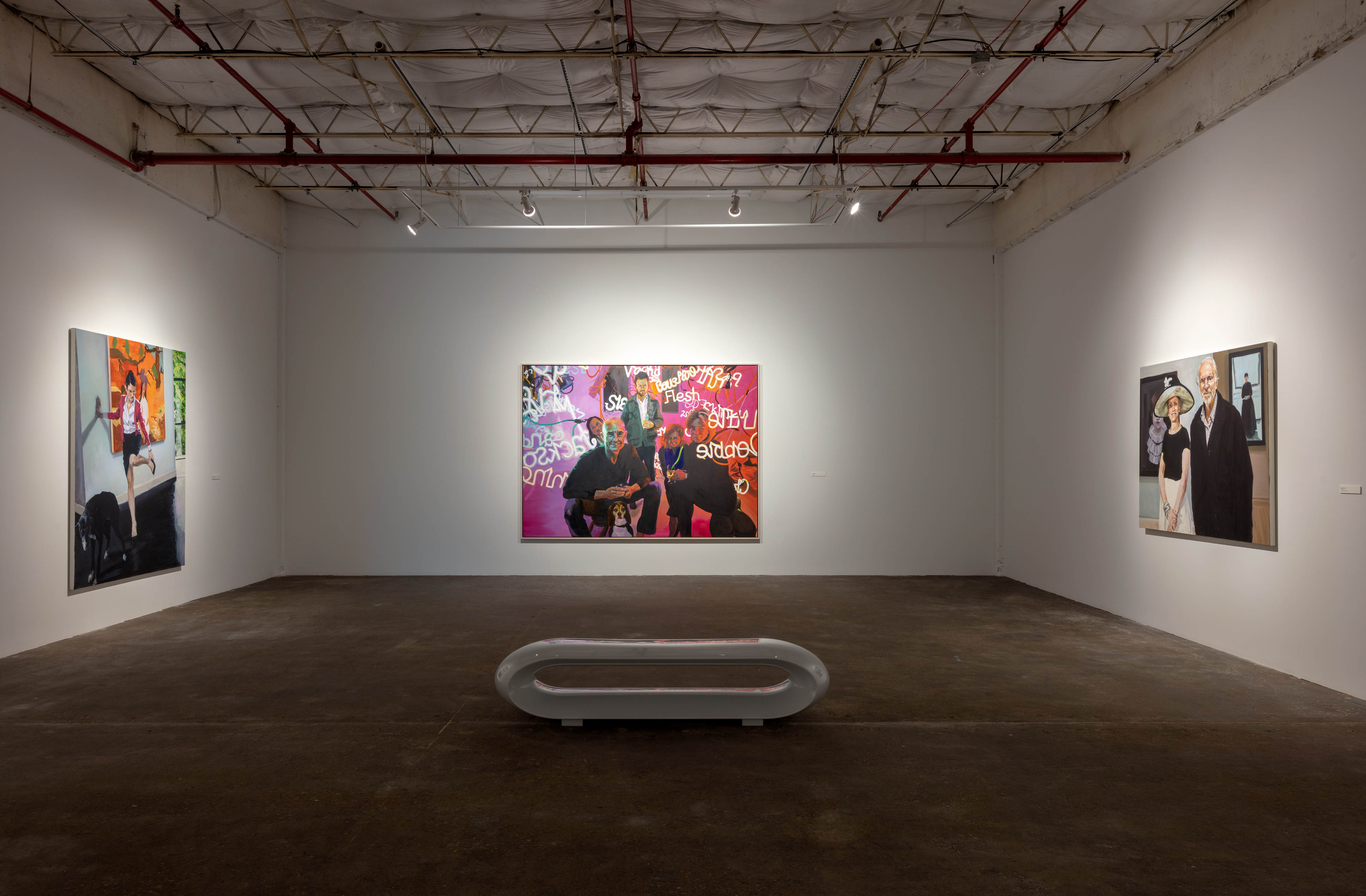Some artists resist the trends to create their own paths. Lucian Freud kept plugging away at fleshy figure painting while abstract art was ruling the day in the 1950’s. Flat Pop art ruled the 1960’s, yet he kept on with his thickly painted works unwavering in his conviction. Eric Fischl came along in the late 1970’s with disturbing narrative stories of adolescents interacting with uncomfortable situations. While the rise of graffiti art and the more abstract styles came on the scene. These styles were more anti-narrative

Some want to place Fischl in a Neo-Expressionist context, but that category really doesn’t fit. In fact, I argue that he and his contemporaries are the artists that finally killed off the avant-garde. No longer were artists concerned with the progress of art and thus Pluralism began to prosper. By the 1990’s all styles became acceptable. It seemed that trends in art started to change as fast a fashion does each season. Fischl weathers this storm of art product by staying true to his commitment to narrative painting. The show titled “If Art Could Talk,” now up at the Dallas Contemporary illustrates this point.

The Dallas Contemporary is a huge space and Eric Fischl fills a large section. His paintings are quite big and all relate to this idea of people interacting with art. Or in some cases not interacting with art at all. Those that frequent gallery shows know that these are social events and only about half really take a look around. I like to avoid the crowds altogether and see shows before openings or on an off day. Although art gallery openings are partly about being seen sometimes, I would say at art fairs on VIP nights are almost 90% about being seen. Eric Fischl captures this feeling of disconnect between what should be a transformative experience, and the casual interaction now occurring. Art used to give people experiences that invoked a range of emotions. Some work strikes you on an intellectual level that keeps you thinking about the art piece for months, even years. But at an art fair, the sheer glut of visual art objects erases any meaningful interaction. The best people can get is the social interaction that Fischl depicts.

Not all these paintings are about art fairs, but many are still causal interactions with art. In fact, so causal that uncomfortable sexual interacts are revealed in some of the images. In a diptych, Fischl tackles a split screen style of telling two stories that contrast with one another. For example, he has people on their cell phones, men lounging around nude women with the background of Christopher Wool paintings. I am assuming the nudes were in a Vanessa Beecroft performance. Meanwhile, in the painting next to this one are people getting off a boat or maybe on a sinking boat. I was thinking these may be refugees escaping a place like Syria. The contrast between the two images could not have been more striking.


